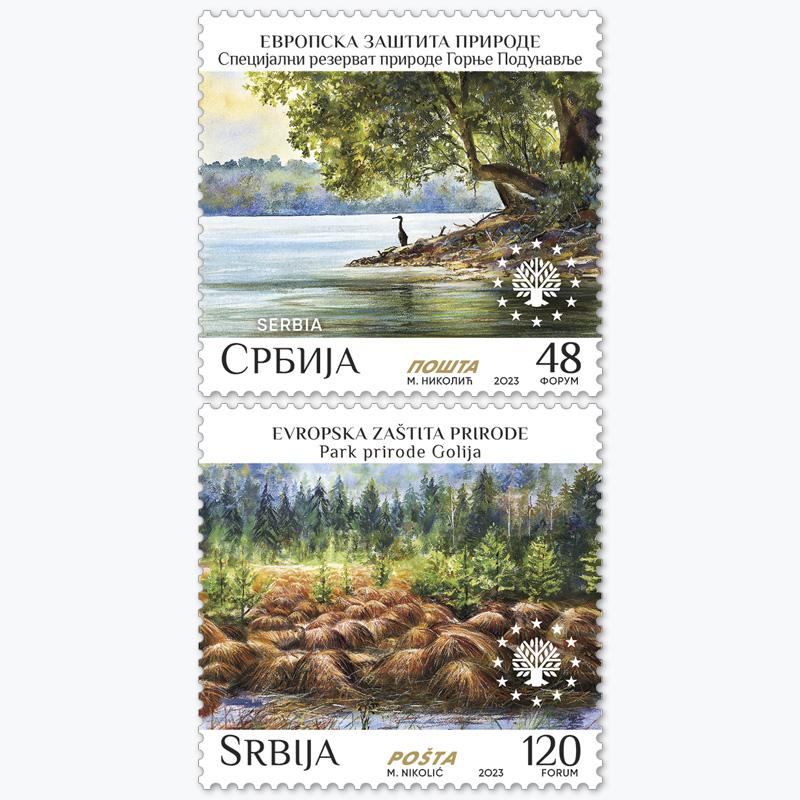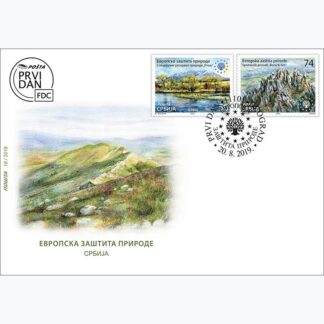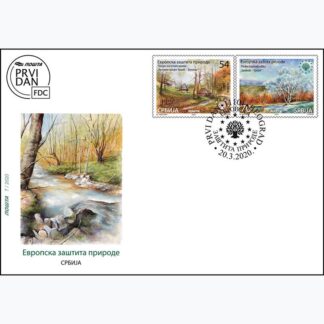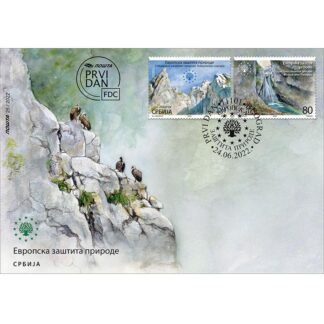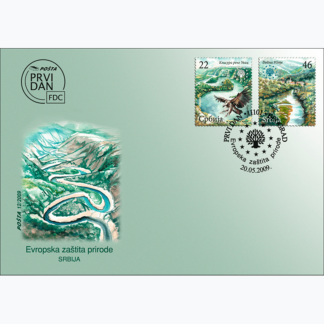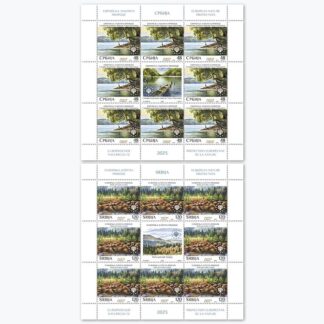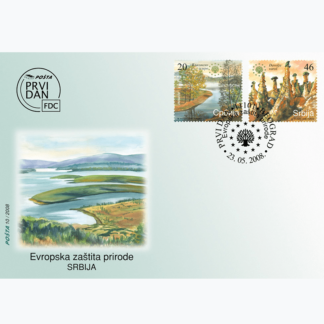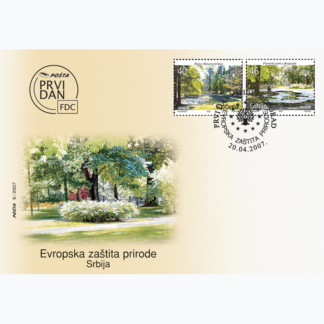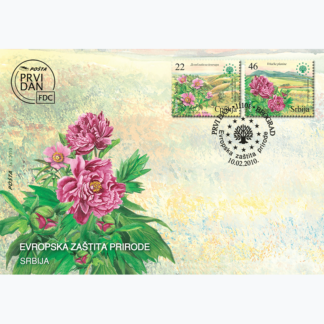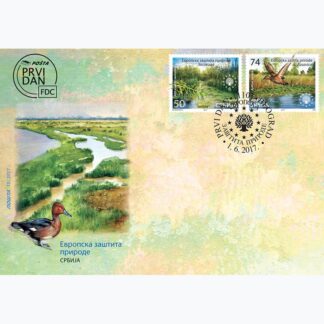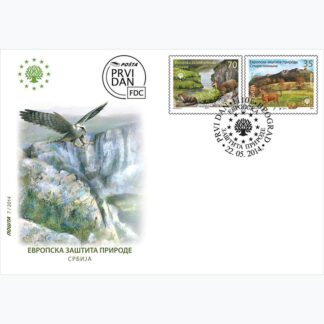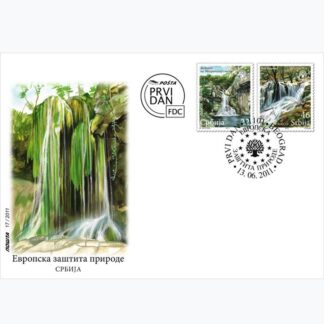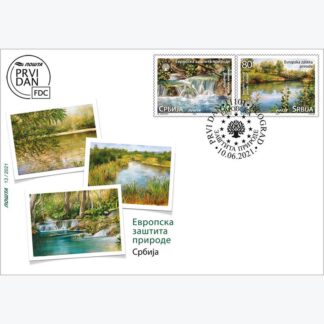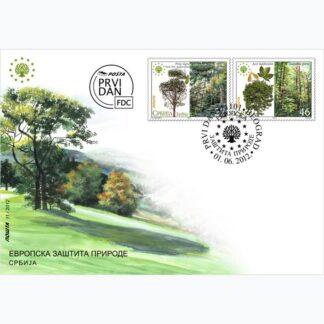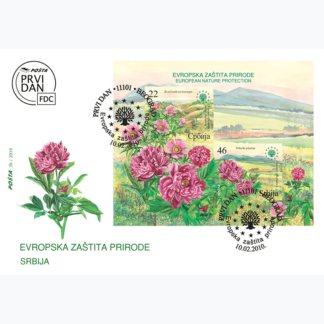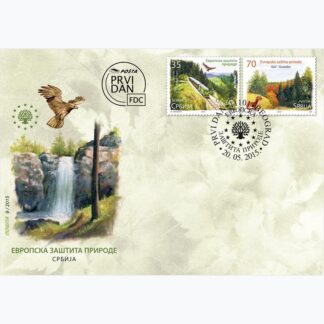Description
Upper Danube Special Nature Reserve
It covers the 64 km long left bank of the Danube, a lowland area with a flat and slightly undulating relief with meanders, backwaters, river dams and beams. Complexes of rite forests are interspersed with ponds, swamps, reed beds and cattails.
The Upper Danube region is home to over 1,000 plant species, 60 species of butterflies, 55 species of fish, 11 species of amphibians, nine species of reptiles, 230 species of birds, and 51 species of mammals. The reserve is an important breeding ground for fish, a nesting ground for white-tailed eagles (Haliaeetus albicilla) and black storks (Ciconia nigra), and there is also the largest habitat for the red deer (Cervus elaphus) and wild boar (Sus scorfa) in Serbia.
It was entered on the UNESCO World List of Biosphere Reserves in 2017, making it part of the “European Amazon” – the Mura-Drava-Danube Biosphere Reserve, which stretches across Austria, Slovenia, Hungary, Croatia and Serbia.
Golija Nature Park
Golija is adorned with beech and spruce rainforests, high mountain meadows and pastures, sinkholes, coves, dry valleys, pits and caves. The natural rarities of the Park are the tress and lakes, the largest of which are Košanin and Dajić, and the highest peak is Jankov kamen (1,833 m).
Clean and fast mountain streams are inhabited by brown trout (Salmo trutta), Danube barbel (Barbus balcanicus), common minnow (Phoxinus phoxinus) and European bullhead (Cottus gobio). In the abundance of plant life, there are also relics or endemics: Markgraf’s Alyssum (Alyssum markgrafi), Pancicia serbica, violet (Viola elegantula), Adamovic’s mullein (Verbascum adamovicii), Adamovic’s thymus (Thymus adamovicii). This is also home to reptiles and amphibians: the alpine newt (Ichthyosaura alpestris), the common frog (Rana temporaria), the common European viper (Vipera berus) and the horned viper (Vipera ammodytes), over 150 species of birds and a large number of species of mammals, such as the Eurasian pygmy owl (Glaucidium passerinum), Boreal owl (Aegolius funereus), Hazel grouse (Bonasa bonasia), Lesser blind mole-rat (Spalax leucodon), Alpine shrew (Sorex alpinus), Red fox (Vulpes vulpes), wolf (Canis lupus) and brown bear (Ursus arctos).
Together with the Studenica monastery, Golija has been declared a UNESCO World Biosphere Reserve.
Based on the Protection Study of the Institute for Nature Conservation of Serbia, in 2001 the Government of the Republic of Serbia declared Golija and Upper Danube to be protected areas of the first category of protection, as areas of exceptional international and national importance.
Expert collaboration: Institute for Nature Conservation of Serbia
Artistic realization of the issue: Miroslav Nikolić
